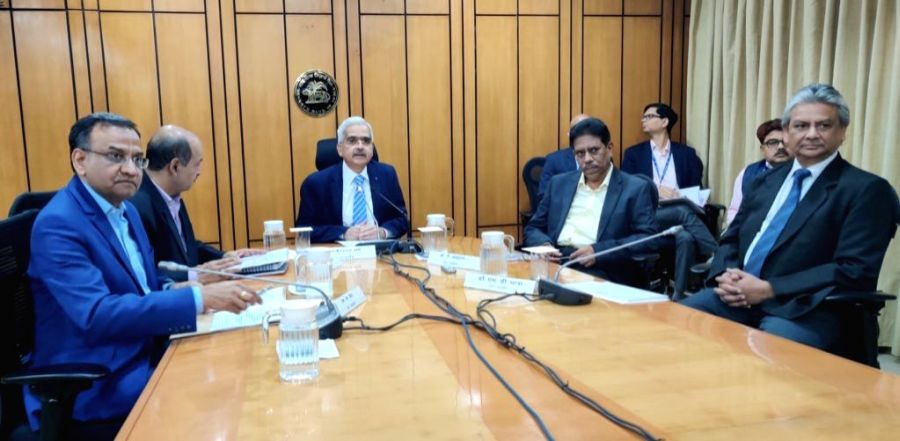COVID-19: RBI offers more sops to ease compliance burden

The government saw a face of the RSS' economic wing Swadeshi Jagran Manch on Friday that it is not quite used to - throwing its support behind it. (IANS File Photo)
NEW DELHI, APRIL 1 (IANS): The Reserve Bank of India has announced new measures to ease the compliance burden on sectors of the Indian economy most affected by the coronavirus scare.
Accordingly, it has extended realisation period of export proceeds to give more time to exporters to comply with regulations.
Presently, the value of goods or software exports made by exporters is required to be realized fully and repatriated to the country within nine months from the date of export. The time period for exports made up to or on July 31, 2020, has been extended to 15 months from the date of export.
"The measure will enable the exporters to realise their receipts, especially from COVID-19 affected countries within the extended time period and also provide greater flexibility to them to negotiate future export contracts with buyers abroad," the RBI said in a statement.
The apex bank has also decided to increase ways and means advances (WMA) limit by 30 per cent for all States/UTs to enable these to tide over the situation arising from the coronavirus pandemic. The revised limits will come into force with effect from April 1, 2020 and will be valid till September 30, 2020.
The RBI had set up an Advisory Committee under the Chairmanship of Sudhir Shrivastava to review the Ways and Means limits for States/UTs. The decision to increase the limit has been taken even though its final recommendations are pending.
In yet another decision, the RBI has decided not to activate countercyclical capital buffer (CCyB) for one year or earlier, as may be necessary. This would free banks from maintaining a capital buffer at a time when there is a need to boost investment climate in the economy by offering easy credit to industry.
The framework on CCyB was put in place by the RBI in terms of guidelines issued on February 5, 2015 wherein it was advised that the CCyB would be activated as and when the circumstances warranted, and that the decision would normally be pre-announced. The framework envisages the credit-to-GDP gap as the main indicator, which is used in conjunction with other supplementary indicators.





